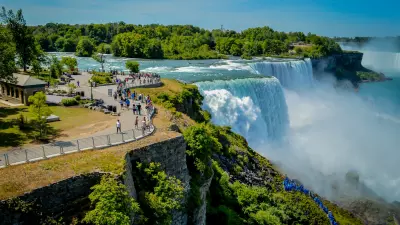If the coronavirus has taught us anything, it’s to appreciate the simple pleasure of getting out of the house to take a walk, go for a run, or pedal someplace new.

However, even the great outdoors can get kind of boring if you’re traversing the same streets and trails every time you head out.
But fret not. There are loads of beautiful sites to behold in Postindustrial America that will be exceptionally dazzling once the leaves start changing, keeping in mind social distancing restrictions.
Whether you want to stroll through woods, hike a mountainside path, cycle, paddle a river, or simply explore someplace new, there are plenty of exciting and intriguing nearby options for day trips for the whole family or longer excursions for the more adventure-minded.
Here are a few of our favorite locales, all practical for day trips for those who live in Pennsylvania, Ohio, New York, or West Virginia.
So, what are you waiting for?
PENNSYLVANIA
Laurel Highlands/Ohiopyle: A one-stop shop for many an outdoor adventure
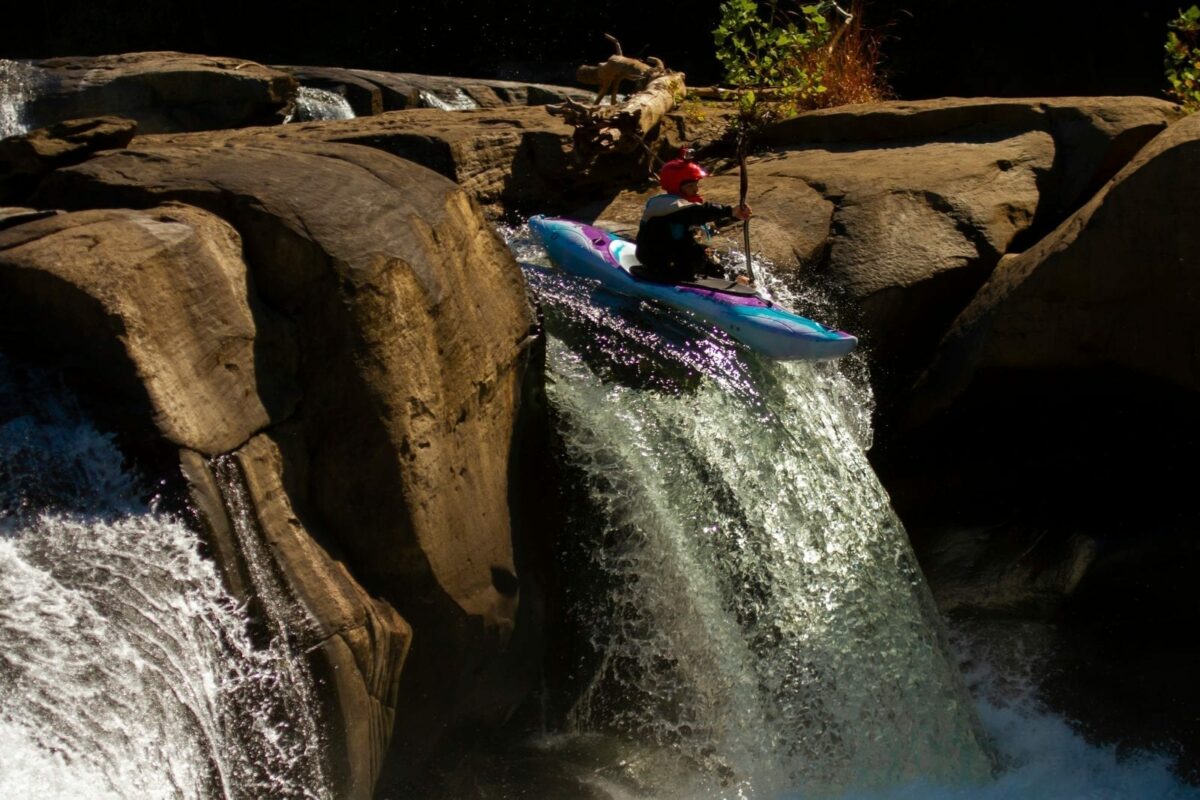
The Great Allegheny Passage: The two-wheel route between Pittsburgh and D.C.
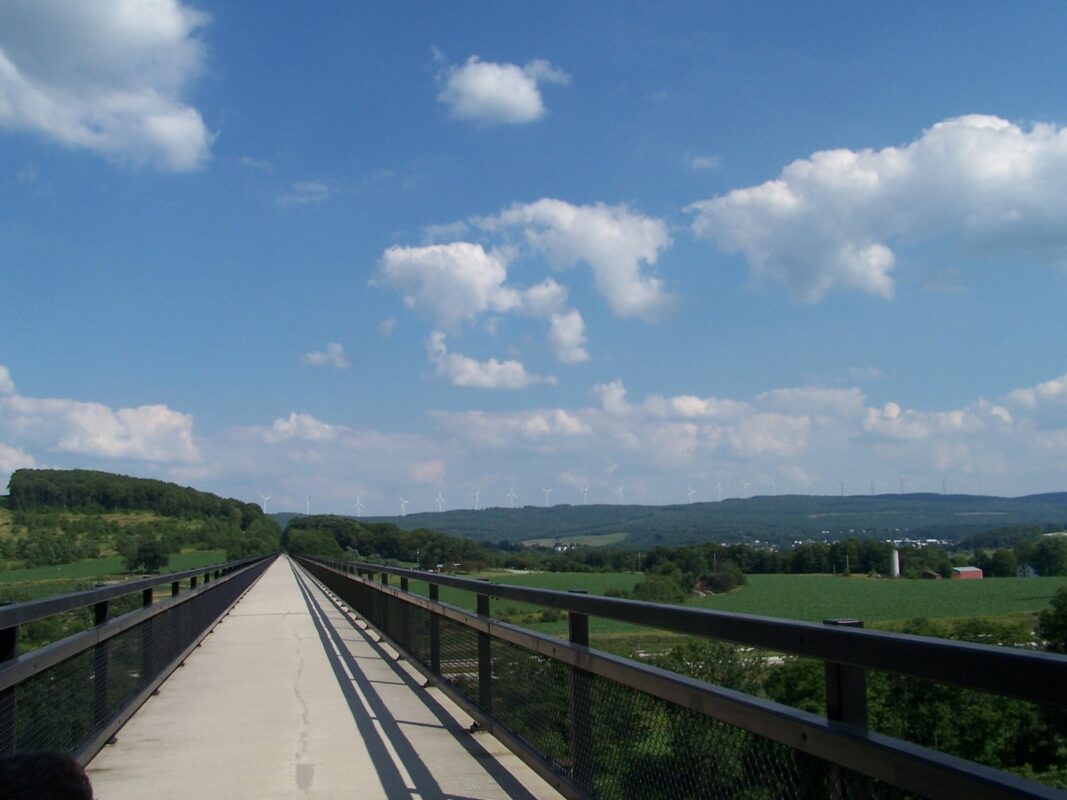
Martin Barclay, a Scotsman who resides in Washington, D.C., recently cycled along The Great Allegheny Passage, a 150-mile trail connecting Cumberland, Md., and Pittsburgh.
From Cumberland, it’s another 184 miles of trails to D.C., if you’re feeling ambitious enough to tackle the entire 300-mile-plus ride to our nation’s capital. Barclay’s take on the trail was one of pure bliss. “The scenery was incredible and the ride very enjoyable,” he said of the rail-to-trail path that led him across a decommissioned train bridge and other relics of Industrial America that have been repurposed for the outdoor enthusiast.
The trail starts in Pittsburgh’s South Side neighborhood and follows the Allegheny River until it meets the mouth of the Youghiogheny River, then takes riders into the rural Laurel Highlands and beyond.
Those with a few cycling miles under their belts should be able to ride the entire trail to D.C. in less than a week. The expert and audacious can tackle it in a few days.
Kinzua Bridge State Park: The must-see, once-tallest railroad bridge that goes nowhere
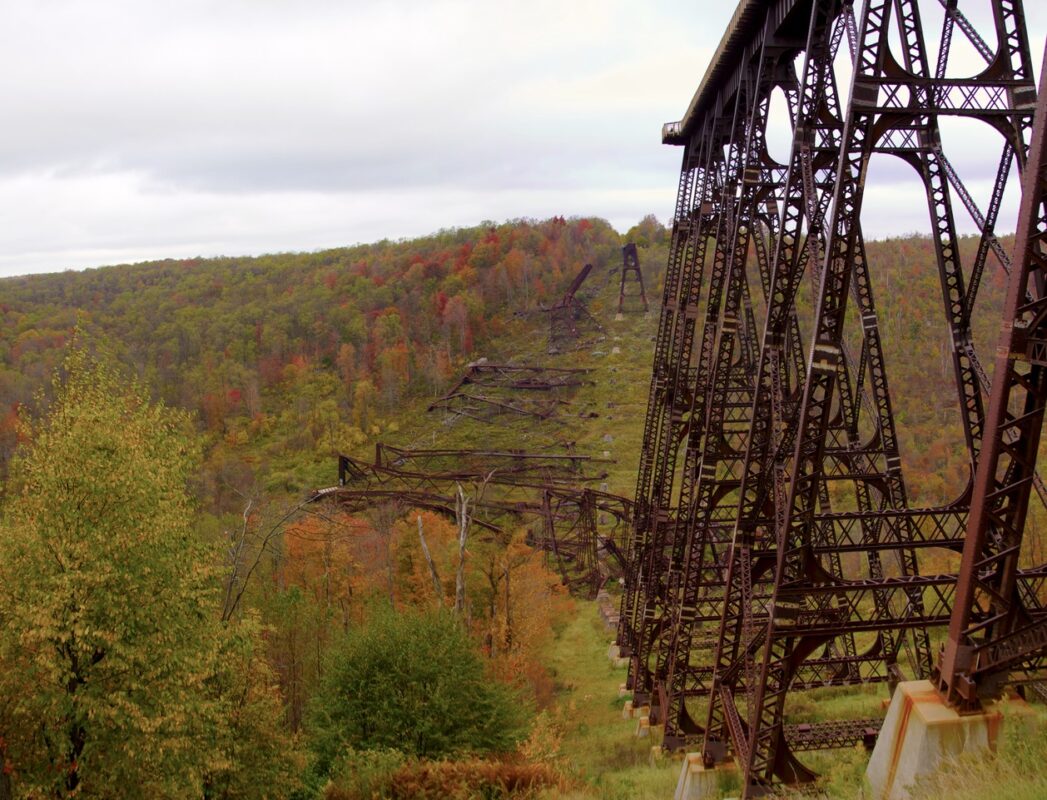
First made of wood before being replaced by a steel span, the Kinzua Bridge has a history dating back to the 1800s and was once the highest railroad bridge in the world.
This majestic span has been out of commission for decades but has a new purpose in the Postindustrial era since its partial collapse in 2003.
Now that the bridge halts abruptly in the middle of the gorge, it serves as a breathtaking scenic overlook in its particularly breathtaking corner of the Allegheny National Forest, which also boasts numerous hiking trails, camping, and other outdoor fun.
OHIO
Serpent Mound: The enduring mystery of the enormous, meandering snake that Native Americans built out of dirt
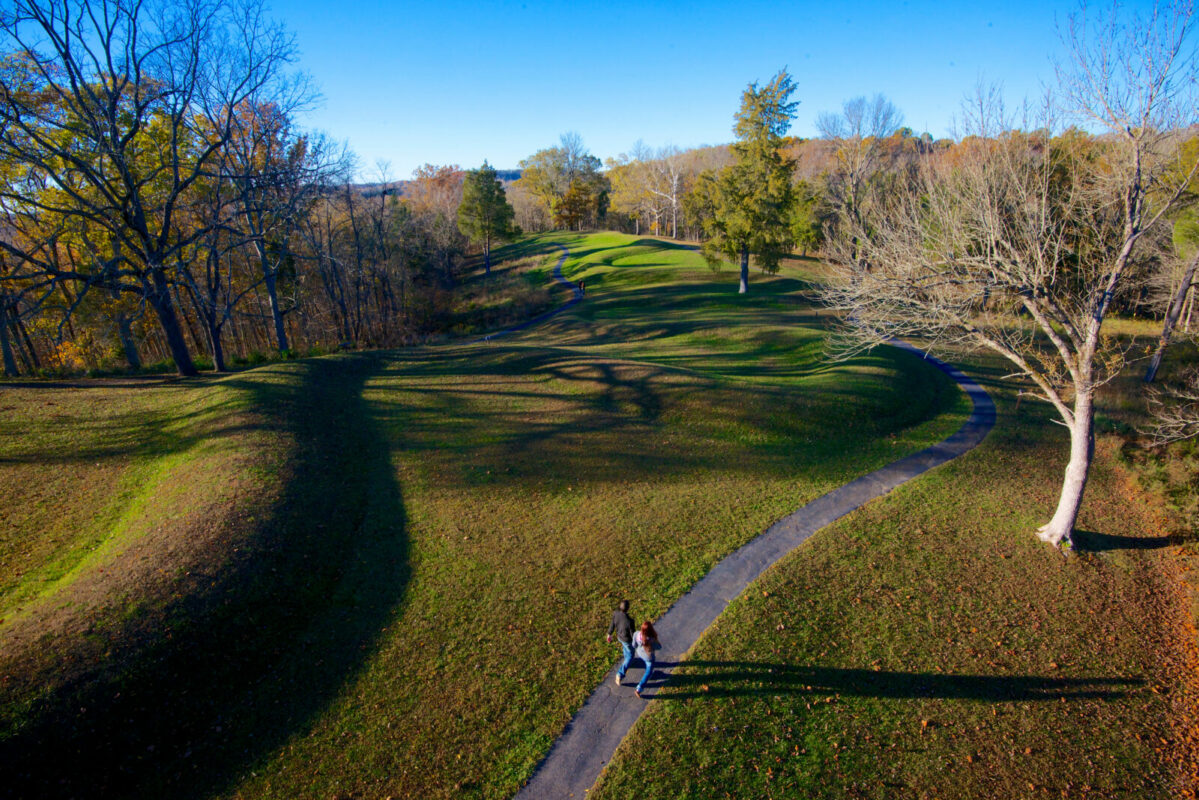
Mahoning River: The popular, cleaned-up draw for lovers of water
This Ohio waterway has proven so popular that you need a reservation to get a boat or paddleboard on the river.
Paddle the River offers guided tours of the Mahoning River in northern Ohio, giving explorers a chance to check out the natural beauty of this serene stretch of water that winds through what was once the industrialized heart of the state.
Due to COVID-19 restrictions, some of the tour company’s previous services, such as shuttles for those with their own kayaks, are not available. Contact them for the latest updates and book your river voyage online.
NEW YORK
Niagara Falls: The enchanting natural wonders that remain classic attractions for good reasons
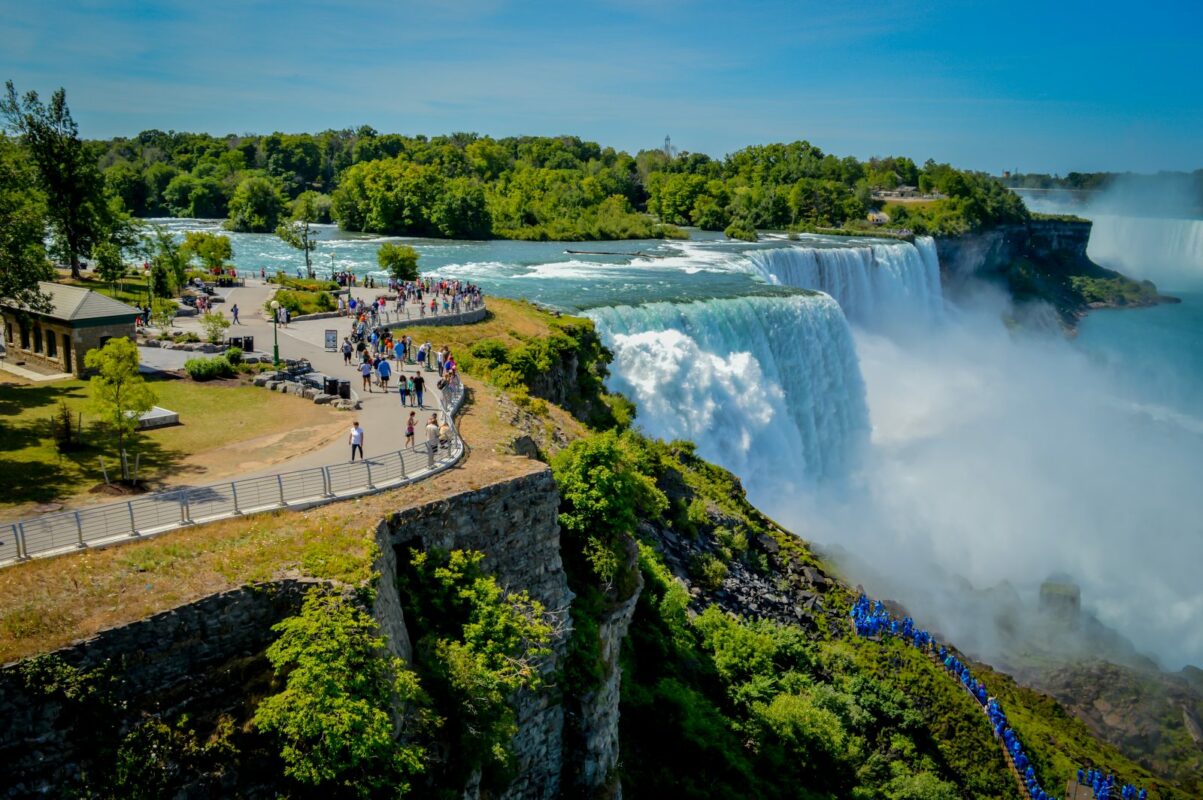
Niagara Falls has been a must-see place of enchantment for people the world over for centuries.
The falls were a popular honeymoon getaway in the 19th and 20th centuries (even Clark Kent and Lois Lane pretended to be newlyweds at Niagara while investigating a story in “Superman II”) but have since been unfairly considered “kitsch” and overly commercialized (a case can be made for that on the Canadian side, certainly).
But the American and Canadian falls are still jaw-dropping natural wonders whose sheer force and thunderous roar are still mesmerizing and invigorating. At press time, travel to Canada was restricted due to the COVID-19 pandemic. However, a drive to Niagara Falls, N.Y. is just three hours from Pittsburgh and Cleveland, and four hours from Wheeling, W.Va.
You may want to pass on the Maid of the Mist in the coronavirus era (the boats that ply the Niagara River at the base of the falls are still in operation, though with a series of new guidelines and restrictions), but there is plenty of natural beauty to behold from atop the ground at the edges of the falls. Enjoy hiking, tours, and take in history at the Underground Railroad Heritage Center, which opened in 2018.
Cuyahoga Valley National Park’s Ledges Overlook: The sight you won’t believe you didn’t see sooner
The Ritchie Ledges are a geological phenomenon reminiscent of a fantasy movie you vaguely remember from your childhood. Millions of years in the making, the cliffs and fissures vary in texture, size, and hue, but create a singular, natural tableau that evokes endless curiosity.
It’s a great place to ponder in solitude or share with your pandemic “pod,” particularly when the late-afternoon sun hits certain cliff faces just right.
Autumn is a particularly enthralling time to visits, but really, any season — yes even the most blustery winter — is fine for the first of many trips you’ll make here.
WEST VIRGINIA
New River Gorge: The Mountain State place with so much to do it’ll wear you out
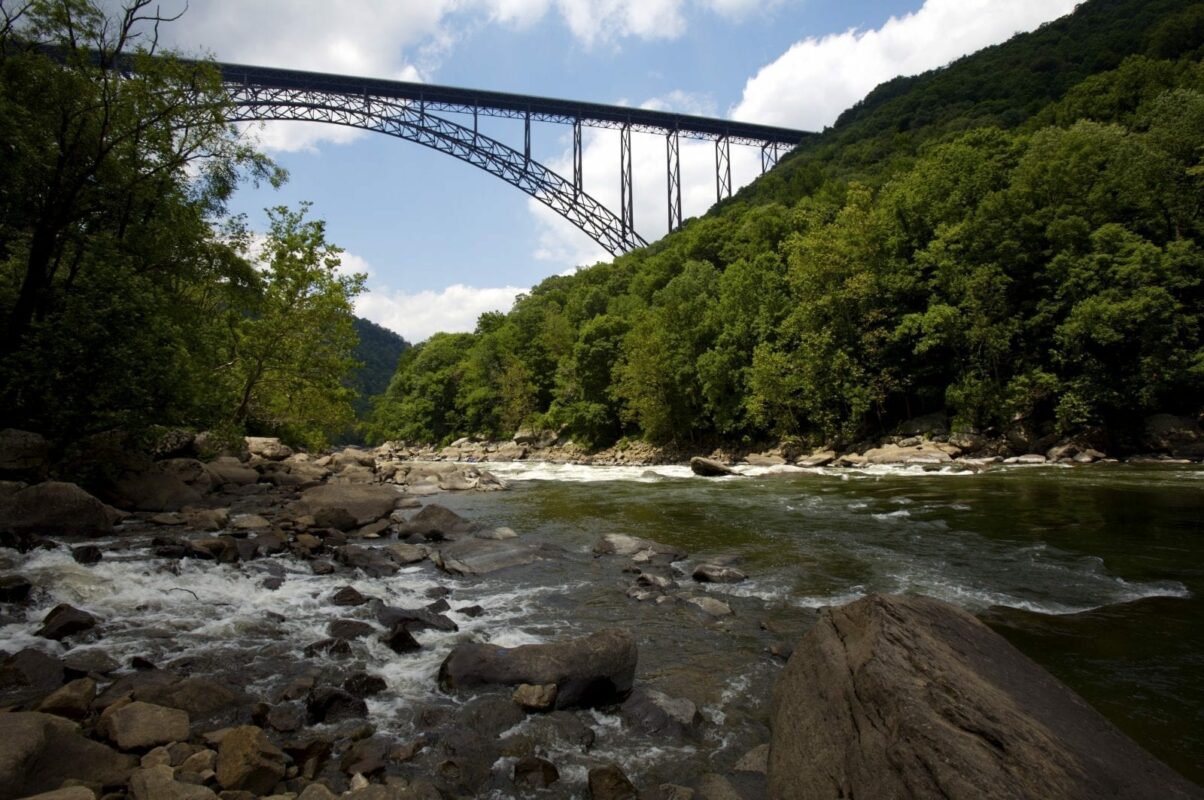
West Virginia’s New River is thought to be one of the oldest rivers on the continent.
The National Park Service’s New River Gorge National River, which encompasses much of the river’s most spectacular course through West Virginia, is a must-visit for anyone keen on exploring the Mountain State.
Whether you’re hiking, camping, biking, rafting, paddleboarding, or just plain appreciating the beauty of this rugged, majestic place, you’ll be enthralled, and potentially exhausted, after taking in all that’s available here.
New Vrindaban: The spiritual gem in Appalachia’s midst
A phalanx of buildings rises in Marshall County as a testament to the devotion of the New Vrindaban, a Hare Krishna community.
Founded in 1968 by Vedic scholar A.C. Bhaktivedanta Swami Prabhupada, father of the Hare Krishna movement, the colony of New Vrindaban was established to bring “Krishna consciousness,” or love of God, to America from his native India.
His ambition quickly attracted acolytes and the religious retreat developed into a lively, self-sufficient community, with hundreds of devotees living off its 500 acres of land. Today, the “palace of gold” in Marshall County is open to visitors for tours, with social distancing, of course. The Palace Lodge remains open for overnight guests, with a shop, and a restaurant.
The main temple is a palace of gold, marble, and teakwood, dedicated in 1979.
During the 1980s and early ‘90s, sex abuse, fraud, racketeering scandals, and conspiracy-to-commit-murder charges involving a founding disciple damaged the reputation of the community and diminished its ranks. New Vrindaban was expelled from the Hare Krishna governing body for 10 years but has since largely recovered from its troubled past, though its residents are far fewer these days, about 200 or so.
Spotty and sometimes lurid history aside, New Vrindaban still attracts visitors who come to pray, seek spiritual enlightenment and just nose around.
Inside the main temple, devotees perform their day rites. Repeated chants of “Hare Krishna” — coupled with fragrant incense and sounds of tabla drums and harmonium (traditional reed organ) — create calm no matter your religious convictions or lack thereof.
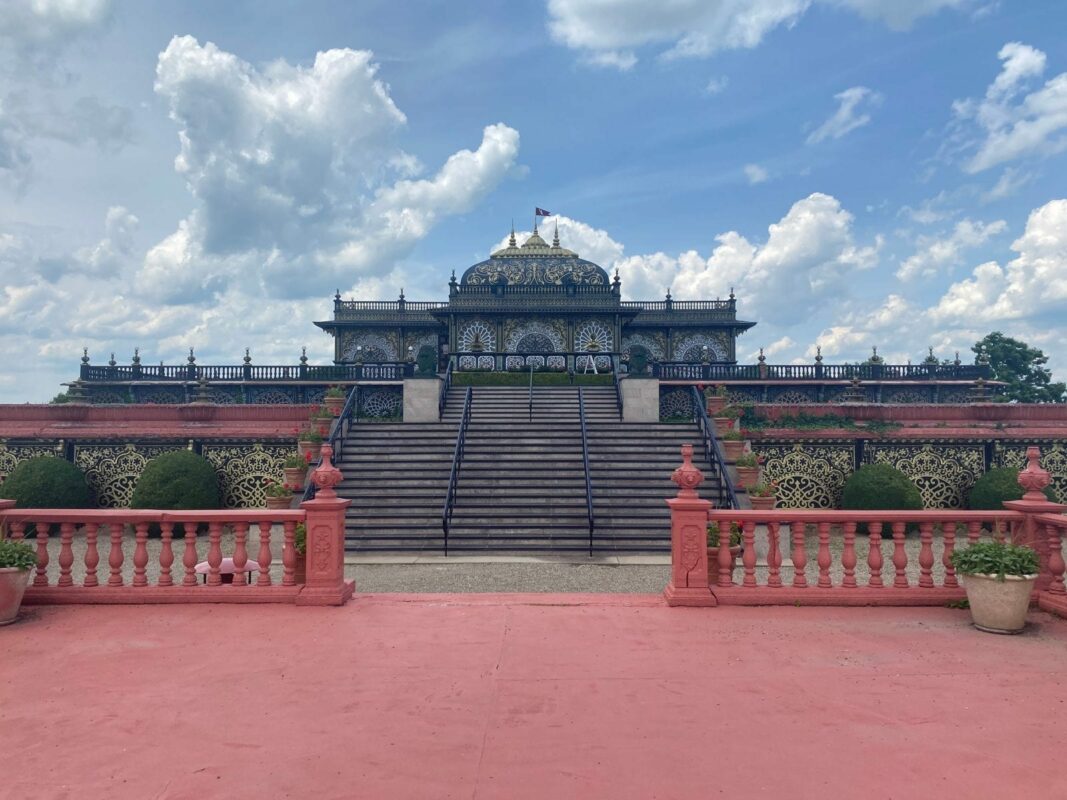

A phalanx of buildings rises in Marshall County as a testament to the devotion of the New Vrindaban, a Hare Krishna community.
Founded in 1968 by Vedic scholar A.C. Bhaktivedanta Swami Prabhupada, father of the Hare Krishna movement, the colony of New Vrindaban was established to bring “Krishna consciousness,” or love of God, to America from his native India.
His ambition quickly attracted acolytes and the religious retreat developed into a lively, self-sufficient community, with hundreds of devotees living off its 500 acres of land. Today, the “palace of gold” in Marshall County is open to visitors for tours, with social distancing, of course. The Palace Lodge accomodates overnight guests, with a shop, and a restaurant.
The main temple is a palace of gold, marble, and teakwood, dedicated in 1979.
During the 1980s and early ‘90s, sex abuse, fraud, racketeering scandals, and conspiracy-to-commit-murder charges involving a founding disciple damaged the reputation of the community and diminished its ranks. New Vrindaban was expelled from the Hare Krishna governing body for 10 years but has since largely recovered from its troubled past, though its residents are far fewer these days, about 200 or so.
Spotty and sometimes lurid history aside, New Vrindaban still attracts visitors who come to pray, seek spiritual enlightenment and just nose around.
Inside the main temple, devotees perform their day rites. Repeated chants of “Hare Krishna” — coupled with incense and sounds of tabla drums and harmonium (traditional reed organ) — create calm no matter your religious convictions or lack thereof.

